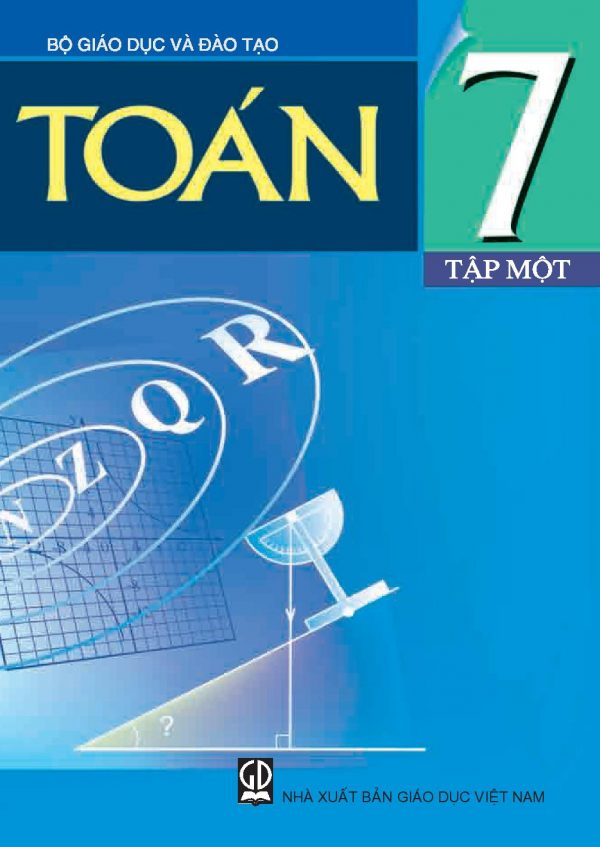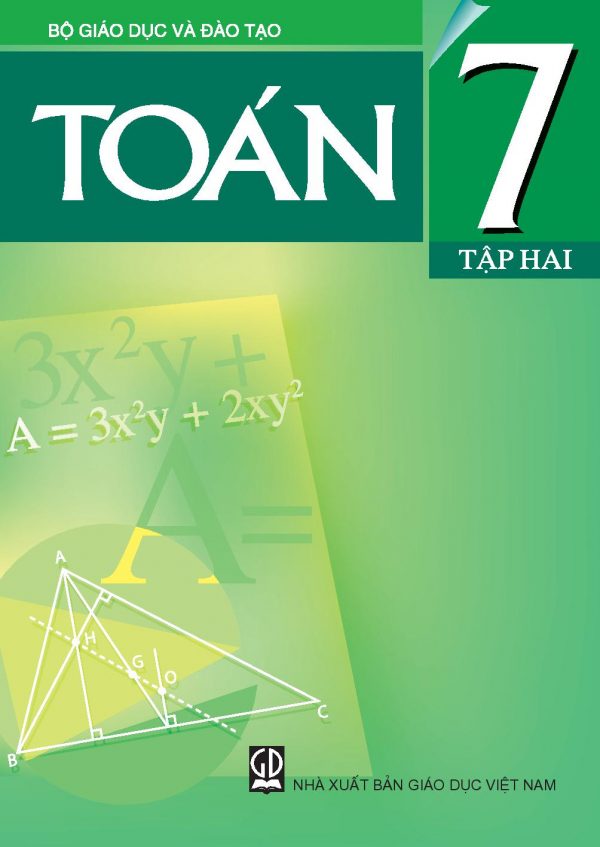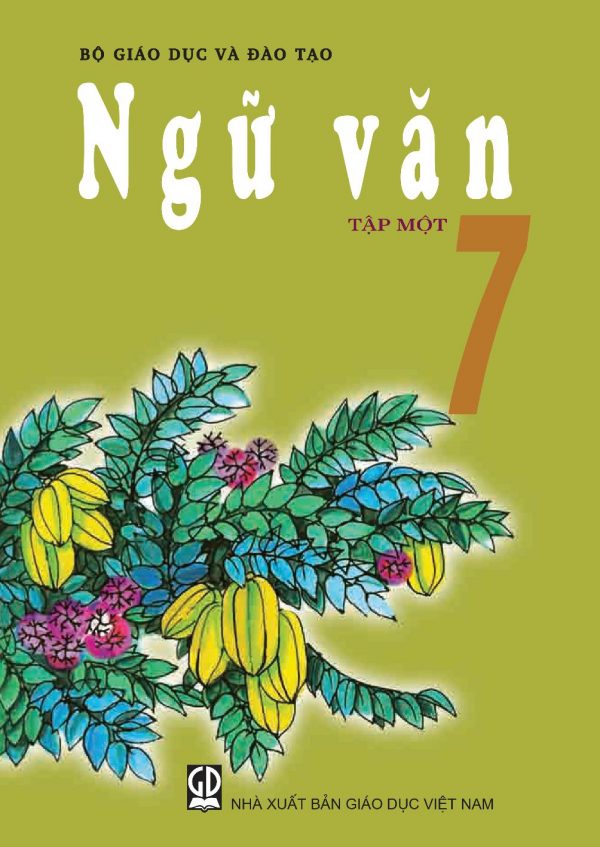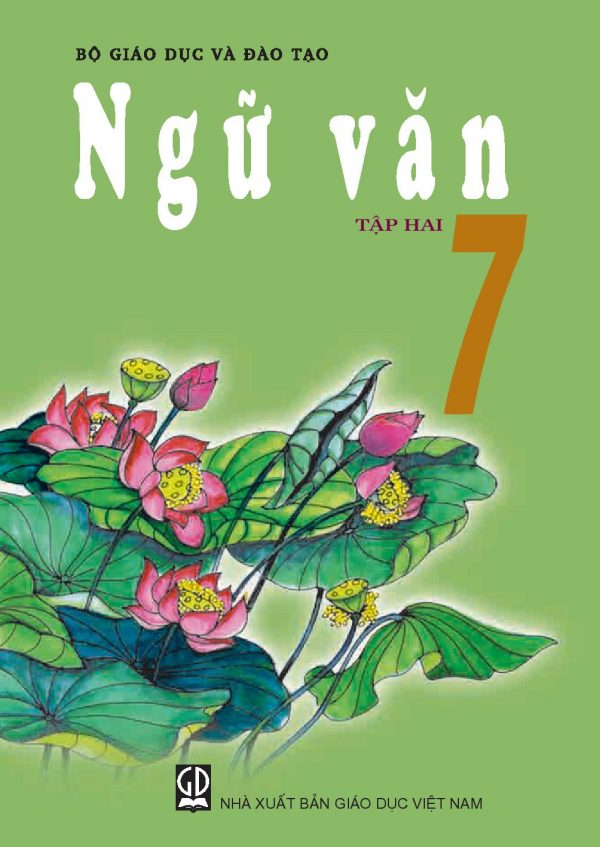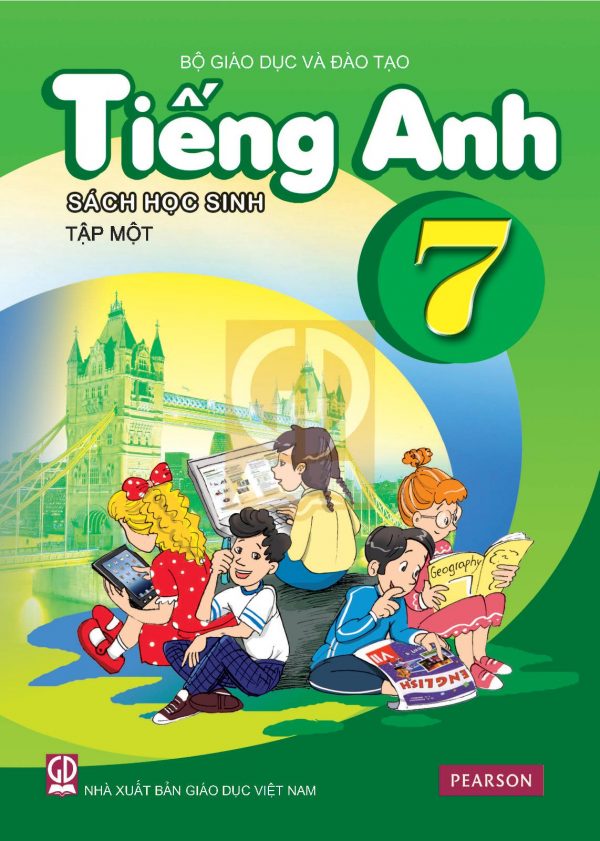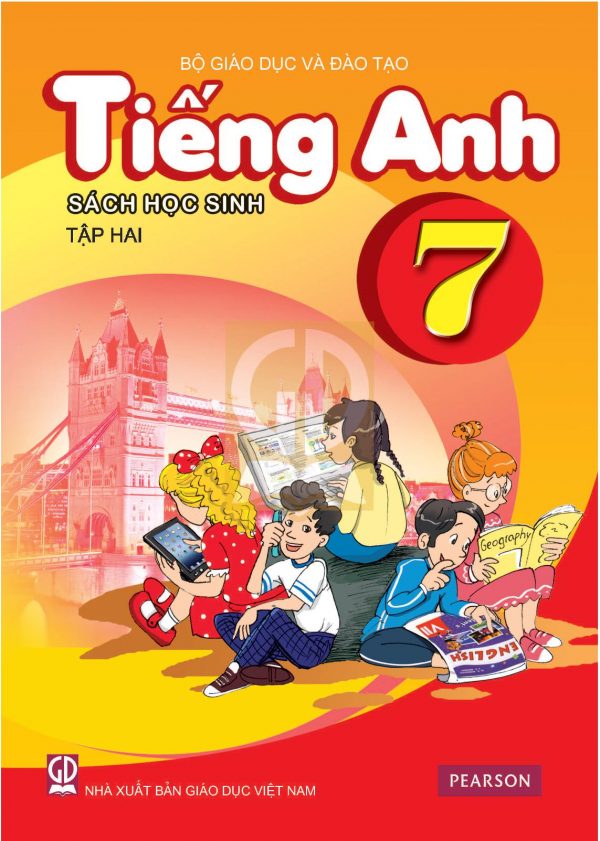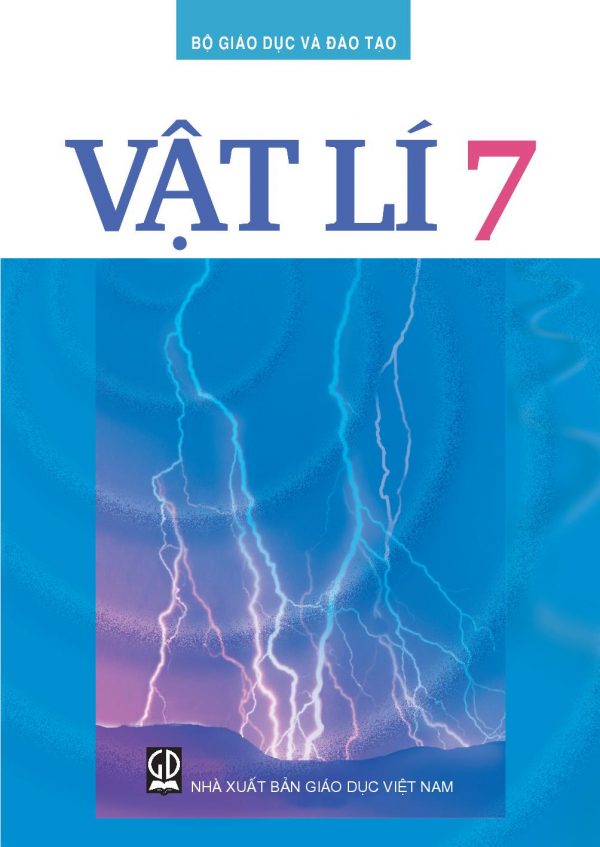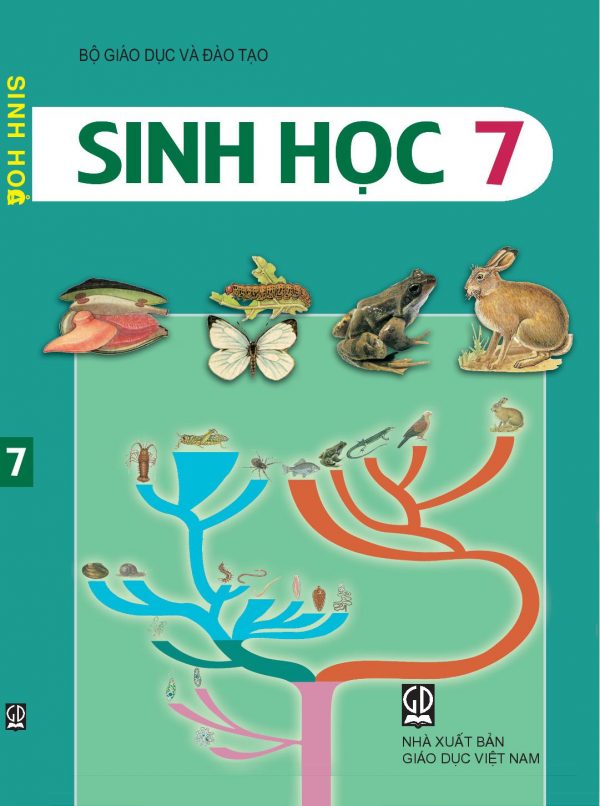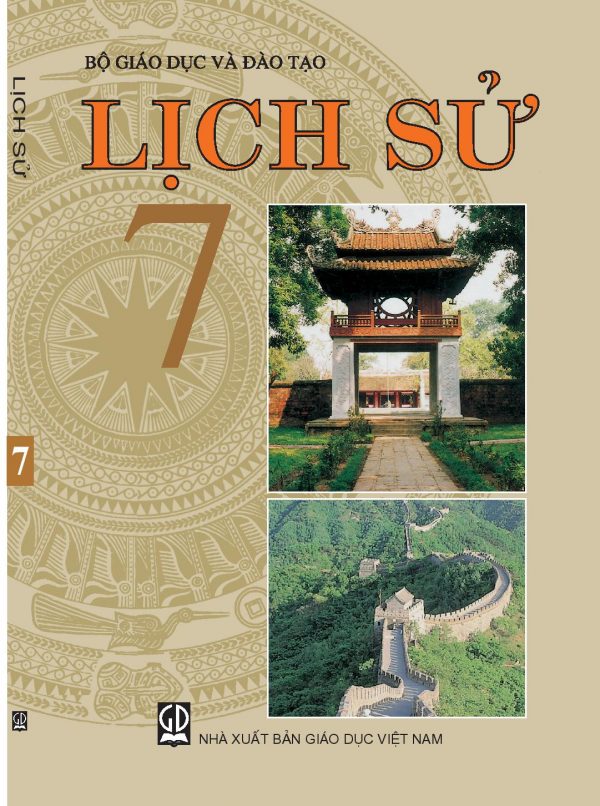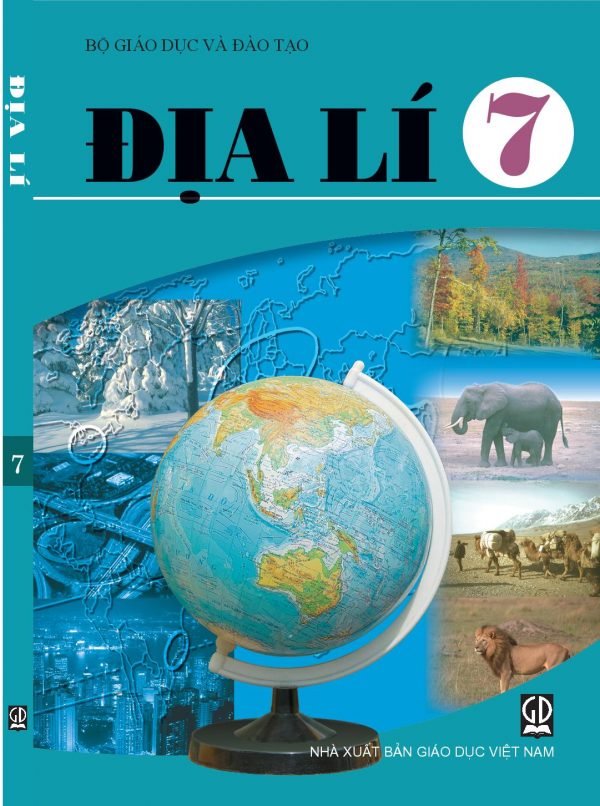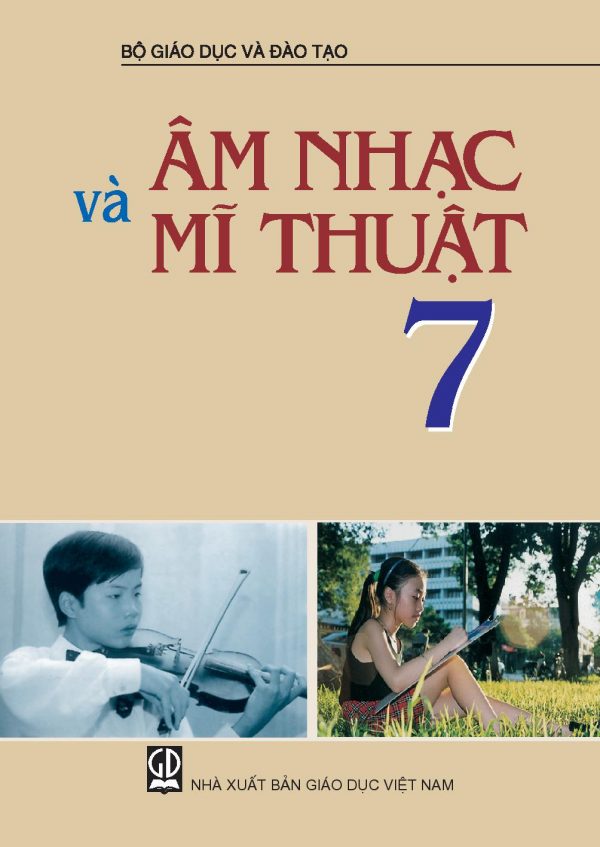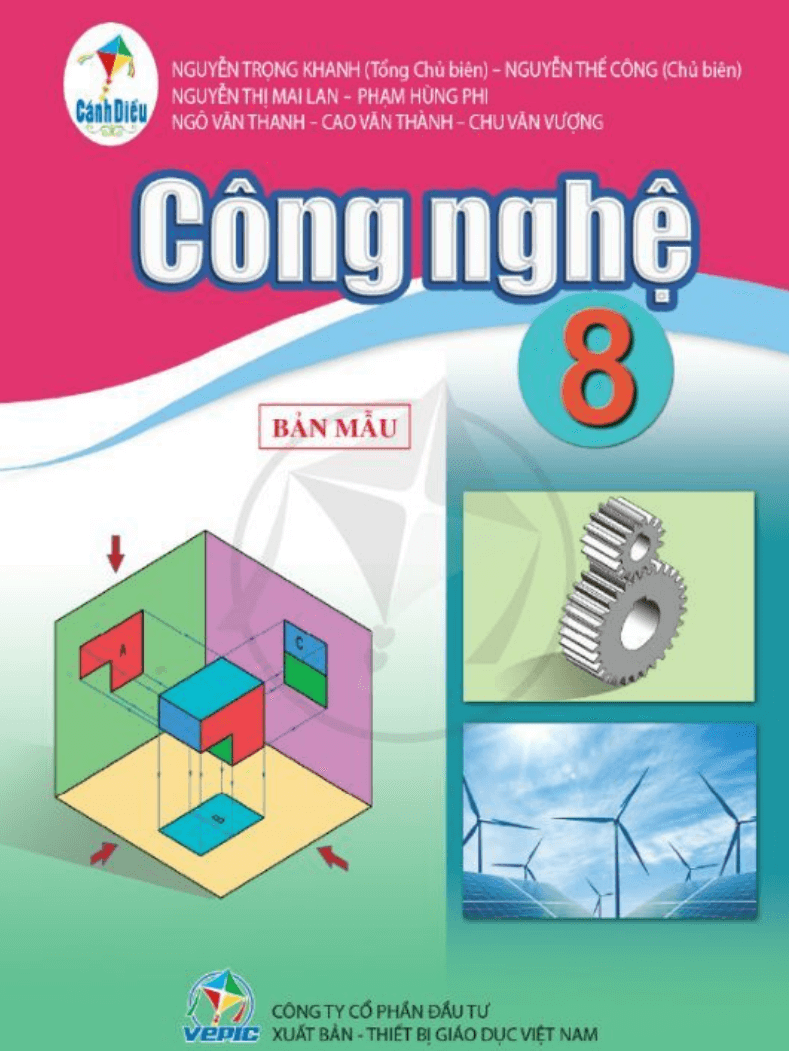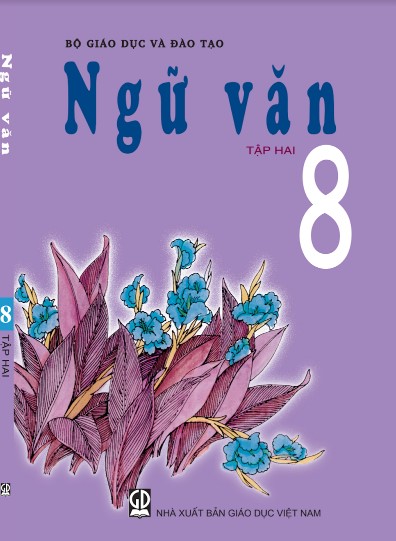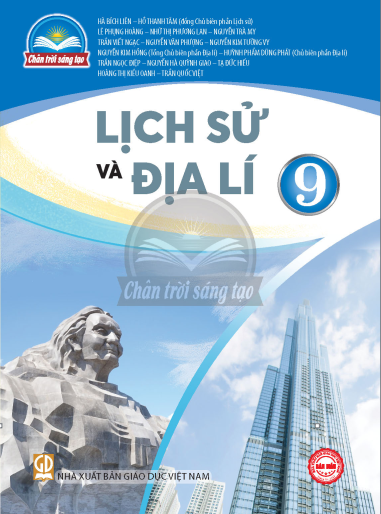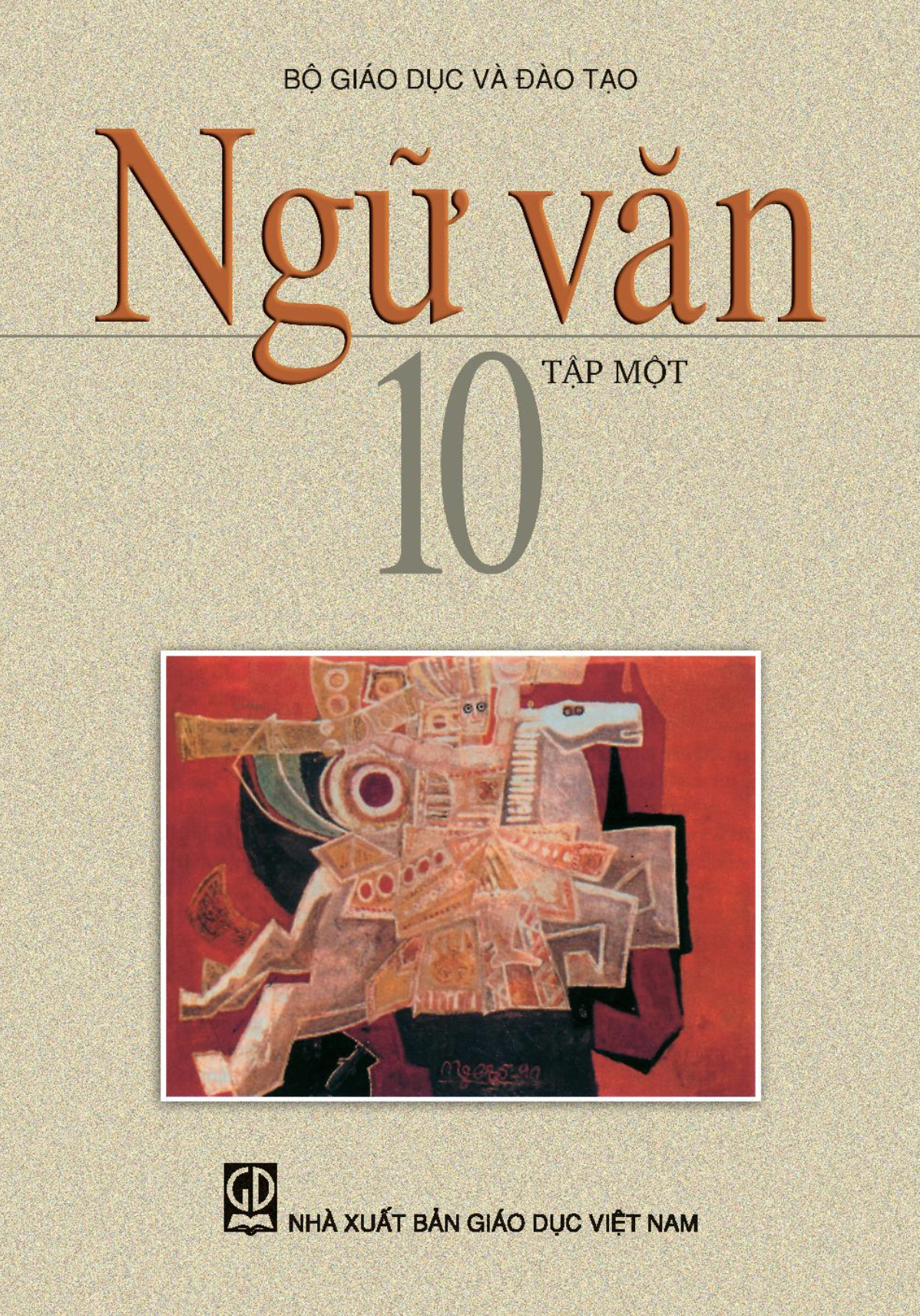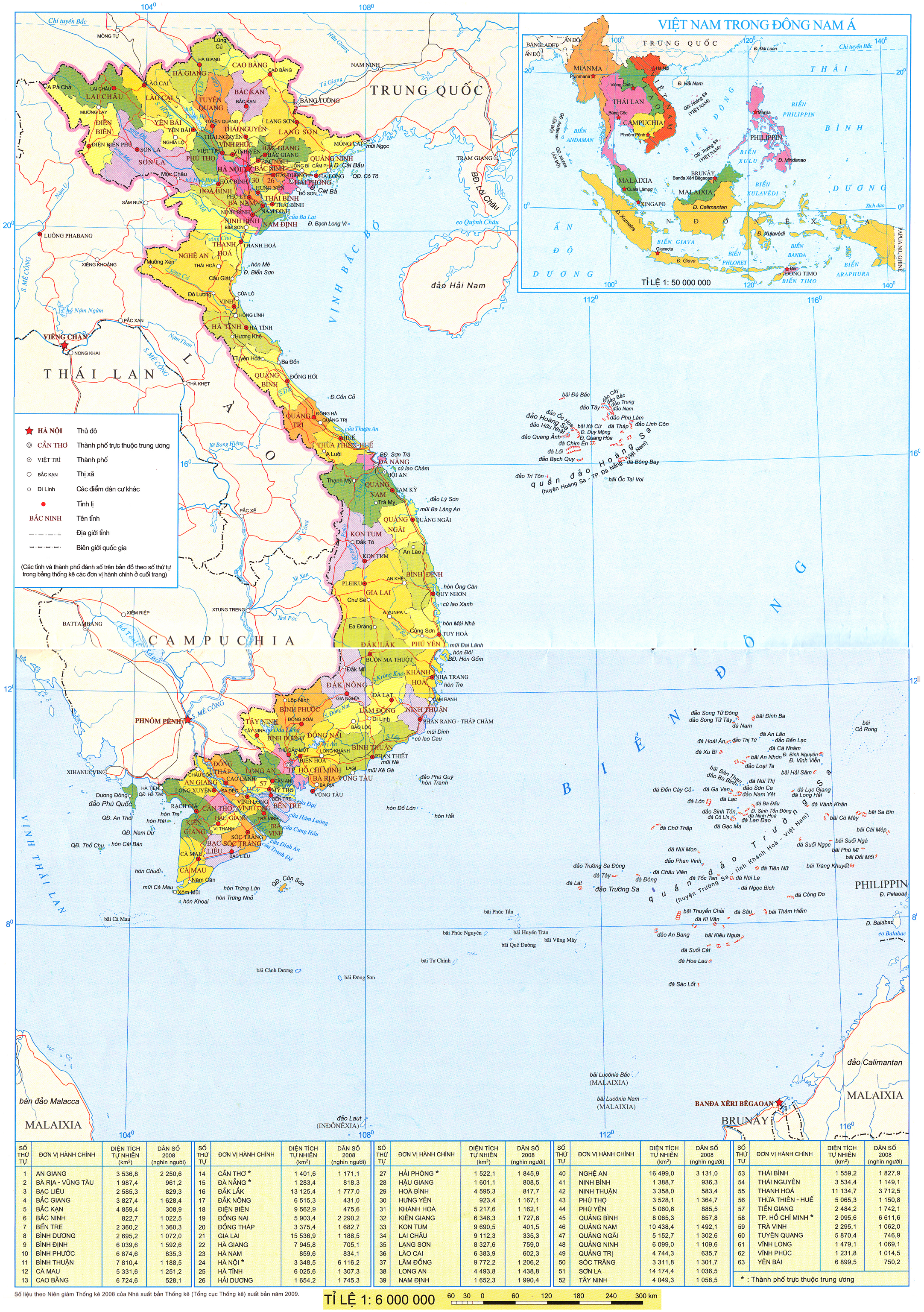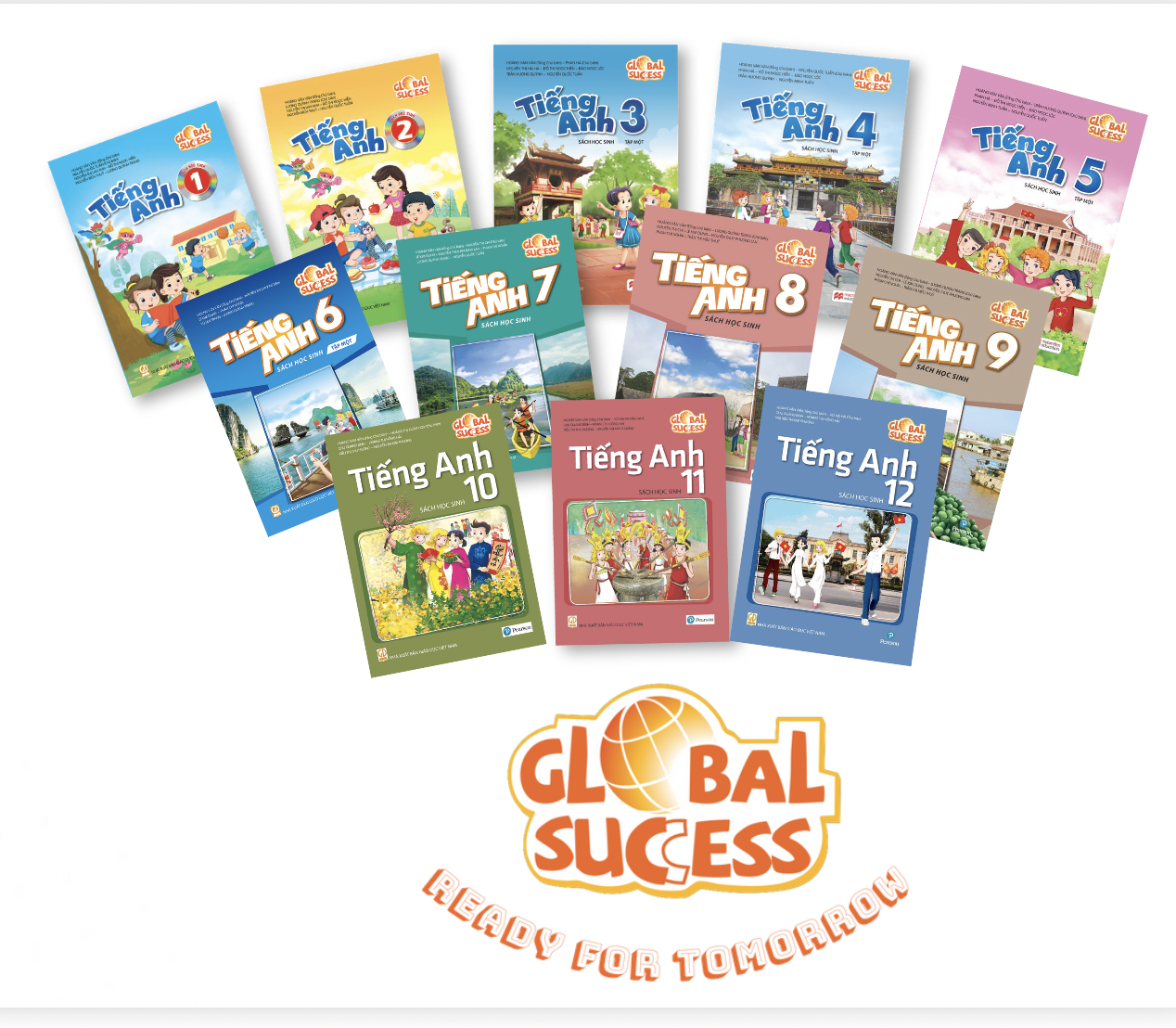(Page 96)
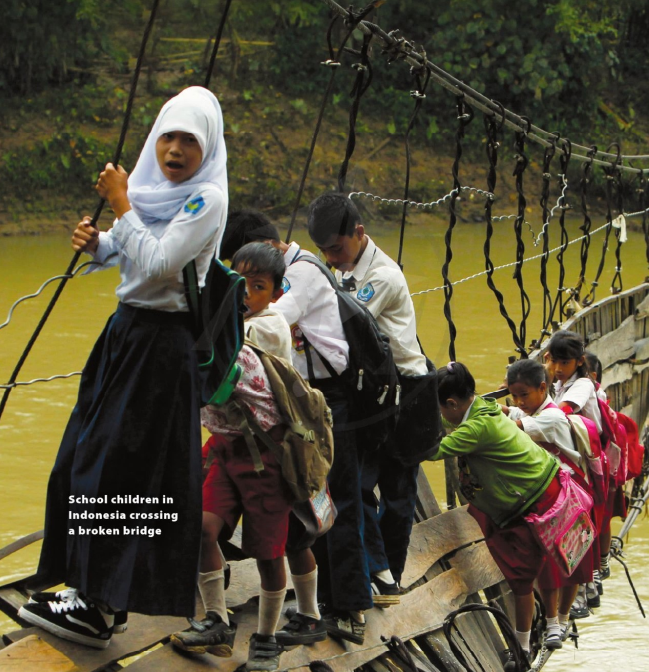
School children in Indonesia crossing a broken bridge
(Page 97)
A. Look at the photo. Where do you think these children are going?
B. Skim the first paragraph. What do you think "commute" means? Talk with a partner. How do you go to school?
AN UNUSUAL COMMUTE
How do you travel to school? Do you usually go by bus, by car, or on foot? Around the world, some children have very unusual commutes to school.
Children from the village of Banten in Indonesia cross a river to get to school every day. In the past, the children crossed a bridge over the river. But it broke after a heavy rain in 2012. For 10 months, the bridge was broken. There is another bridge they could use, but the journey is 30 minutes longer. Students usually chose to cross the broken bridge.
Zhang Jiawan is a village in the mountains in Hunan Province, China. Children climb up and down tall wooden ladders to get to school and to go home. The ladders are not tied to the mountain, so people help to hold the ladder when someone else is climbing.
In Colombia, 11 families with school-age children live on one side of the Rio Negro Valley. The children's daily commute is breathtaking. 400 meters above the valley, a thick metal cable carries the children to school. A V-shaped branch slows them to about 80 kilometers an hour. It is the quickest way to get to school. But often, when it rains, the cable is too dangerous. The children stay home and can't go to school.
According to UNESCO, about 57 million children around the world can't go to school. It is not easy to solve this problem, but it is something we should continue to work on. 🎧2-26 OPTIONAL AUDIO
